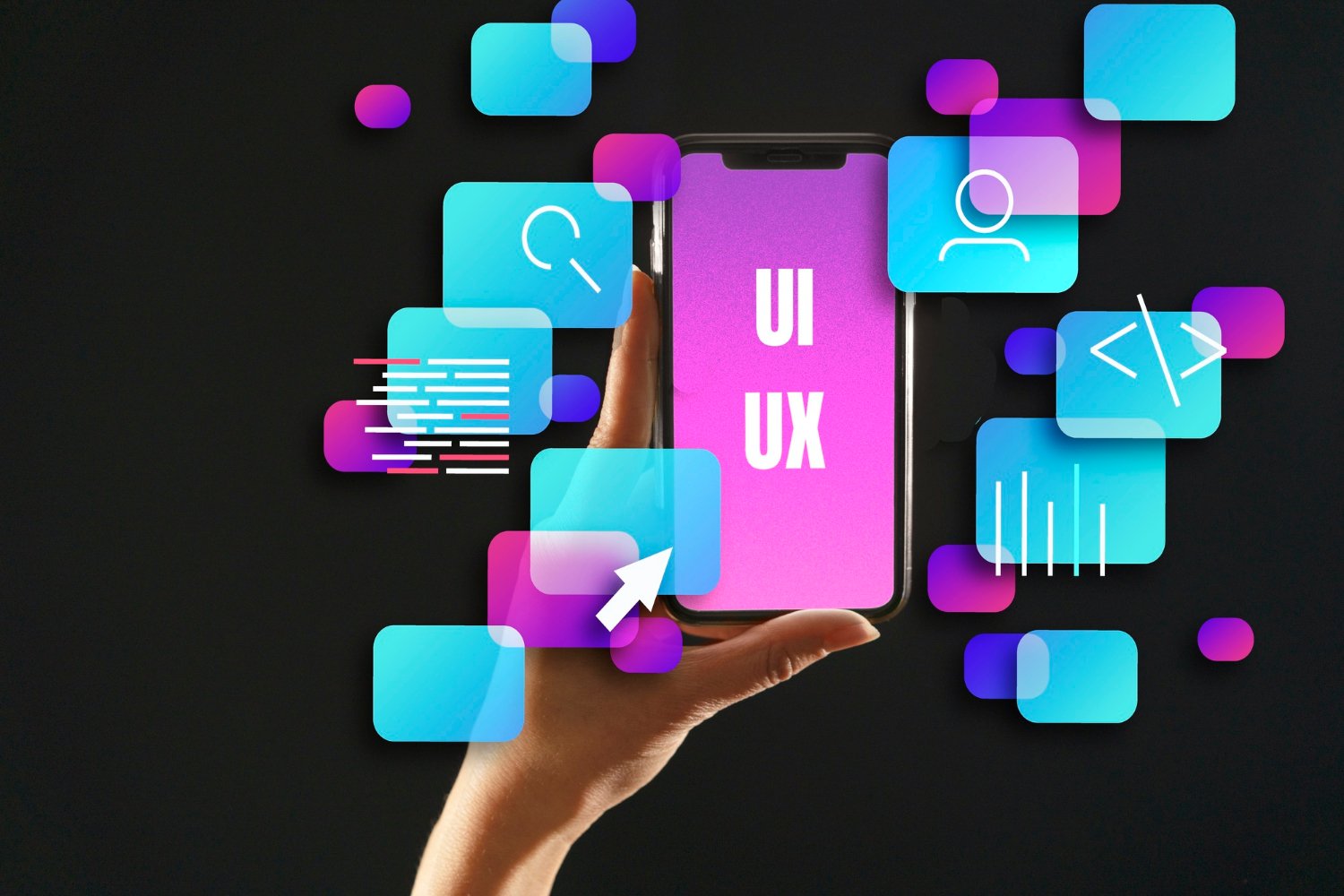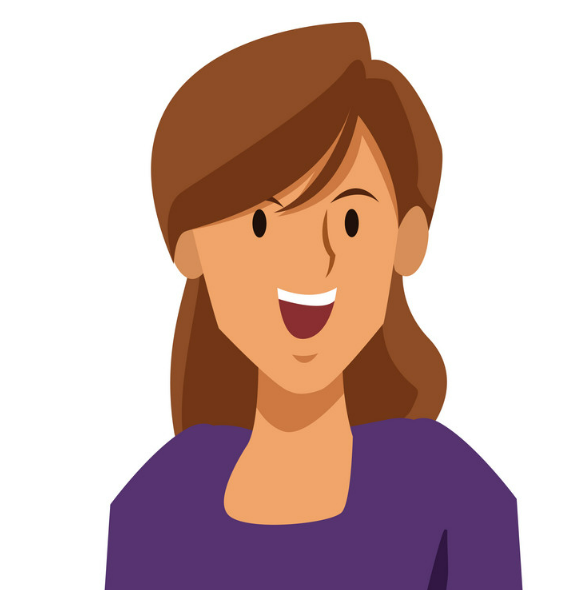
What are Typical Rates for UI Design Services?
Introduction: Understanding the Cost Landscape in UI/UX Design
Navigating the cost landscape of UI/UX design is crucial for both clients and designers in the freelancing world. As the demand for user-centered design increases, understanding how pricing works in this field becomes essential. The cost of UI/UX design is not a static figure; it varies based on a multitude of factors including the designer’s experience, the complexity of the project, and the specific needs of the client. This introduction aims to demystify the various elements that contribute to the cost of UI/UX design and provide insights into how these costs are structured.
Key Insights into UI/UX Design Costing
Experience and Expertise of the Designer
The level of experience and expertise that a designer possesses is a crucial factor in determining the cost of a project. Experienced designers, who have a history of successful projects, usually have higher rates. This is because their expertise typically leads to more efficient workflows, a deeper understanding of user behavior, and a superior quality final product. Their skillset often justifies the higher cost.

Project Complexity and Scope
The complexity and scope of a project are directly proportional to its cost. Simple tasks like a website redesign are generally more affordable than complex projects such as building an extensive application with intricate user pathways. Complex projects require more time and resources, which inevitably increases the overall cost.
Location and Market Demand
The geographical location of the designer and the current market demand play significant roles in pricing. Designers based in regions with a high cost of living or where there is a substantial demand for UI/UX skills may charge more. Furthermore, global market trends, like the increasing emphasis on mobile-first design, can influence pricing as the demand for specific design skills fluctuates.
Project Duration and Deadlines
The timeline of the project also impacts the cost. Projects that require a rapid turnaround, especially those with tight deadlines, often incur additional costs. Conversely, longer projects may result in higher overall costs, although this can sometimes be mitigated by arrangements such as retainers or long-term contracts, which can be more economically viable for both the designer and the client.
Customization and Special Requirements
Any custom elements or unique brand requirements can add to a project’s cost. For instance, a design that necessitates custom-made illustrations or elaborate animations will be pricier than one that utilizes standard design components. The more personalized and specific the requirements, the higher the potential cost due to the additional labor and expertise needed.
Understanding the Elements of UI/UX Design Cost
Research and Analysis Phase
The research and analysis phase is a critical initial step in any design project. This stage typically involves conducting user research, performing market analysis, and creating user personas. The extent and depth of the research required can significantly influence the overall cost of the project. Detailed and extensive research demands more time and resources, leading to higher costs.
Design Tools and Software
The cost of a project can also be affected by the design tools and software used. Advanced design tools and specialized software may be necessary for certain projects, adding to the overall expenses. The choice of tools can vary greatly depending on the project’s requirements and the designer’s preferences, influencing the cost accordingly.
Design Iterations and Revisions
The number of design iterations and revisions included in a project agreement has a direct impact on the final cost. Projects that require more rounds of revisions generally involve additional work and time from the designer, resulting in increased costs. The flexibility and scope of revisions are important factors to consider during project cost estimation.
Collaboration with Other Professionals
Projects that necessitate collaboration with other professionals, such as developers, marketers, or content creators, can influence the overall cost. Collaborative efforts often require extra coordination, communication, and management time, which can be reflected in the pricing of the project. The complexity of these collaborations can vary, affecting the cost differently based on the project’s needs.
Final Deliverables
The nature and quantity of the final deliverables are crucial in determining the cost of a design project. Deliverables can include wireframes, prototypes, high-fidelity designs, and style guides, among others. Comprehensive packages that require a wide range of deliverables demand more work from the designer, which in turn incurs higher costs. The specific requirements of each deliverable, such as the level of detail and refinement, also play a role in cost calculation.

Crucial Factors Affecting UI/UX Design Pricing
When pricing a UI/UX design project, several crucial factors come into play. Understanding these factors is essential for both clients and designers to establish fair and realistic pricing.
Factor 1: The Role of Feature Planning in Cost
Feature planning significantly impacts the overall cost of a UI/UX project. This involves determining the scope and functionality of the product. Detailed feature planning helps in identifying the necessary design elements and functionalities, which in turn influences the workload and required resources, directly affecting the project’s cost.
Factor 2: Impact of Feature Quantity on Pricing
The quantity of features directly correlates with pricing. More features typically mean more pages, increased interactions, and additional UI elements, which require more time and expertise to design and test. Therefore, projects with a higher number of features will generally be more expensive.
Factor 3: How Feature Complexity Influences Cost
Not all features are created equal. Some are simple and straightforward, while others are complex and require intricate designs. Complex features often involve advanced interactions or unique design elements, which demand more time and specialized skills, leading to higher costs.
Factor 4: The Effect of Design Element Complexity
The complexity of design elements (such as custom graphics, animations, and interactive components) also affects pricing. More complex design elements take longer to create and perfect, thus increasing the project’s cost.
Factor 5: The Significance of UI/UX Design Team Expertise
The expertise and experience of the UI/UX design team play a critical role in pricing. Highly experienced designers or teams with specialized skills may command higher rates due to their expertise, efficiency, and the quality of the work they produce.
Accurate Cost Estimation for UI/UX Projects
To accurately estimate the cost of a UI/UX project, a structured approach is necessary.
Step 1: Strategic Planning of Major Components
This step involves outlining the major components of the project. It includes identifying the core features, user flows, and essential design elements. This strategic planning provides a clear overview of the project’s scope, which is crucial for accurate cost estimation.
Step 2: Defining User Stories and States for Accurate Estimation
Developing user stories and defining various user states help in understanding the user’s journey through the product. This understanding is critical for estimating the work required to design each aspect of the user experience, thereby contributing to a more accurate cost estimation.
Step 3: Timeframe Estimation Strategies
Estimating the timeframe for each phase of the project is vital. This includes allocating time for research, design, prototyping, testing, and revisions. Timeframe estimation should account for potential delays and revisions, ensuring that the project budget and timeline remain realistic and manageable.
In-depth Analysis of UX/UI Design Costs
The realm of UX/UI design is intricate, with costs being influenced by a variety of factors. Understanding these factors is key for anyone looking to commission or undertake a design project. This analysis delves into the primary elements that dictate the cost of UX/UI design projects, particularly focusing on website and app design.
Time Investment: Estimating Hours for Website and App Design
The time investment in UX/UI design can vary widely. Simple websites may require fewer hours compared to complex applications with multiple user pathways. The time required is contingent on the project’s scope, the level of detail in the design, and the need for user research and testing. Generally, a basic website design can take anywhere from 30 to 80 hours, while more complex app designs can require upwards of 100 to 300 hours or more, depending on intricacy.
Understanding the Time Required for UI/UX Design Projects
Research and Conceptualization
The initial phase of a design project, encompassing user research, persona creation, and concept development, is often a time-intensive process. It involves a deep dive into understanding the target audience and the market. This phase requires careful study and analysis to ensure that the resulting design accurately meets user needs and aligns with market expectations.
Wireframing and Prototyping
Developing wireframes and prototypes is a crucial step in the design process. It lays the groundwork for the final design and is typically iterative in nature. This process may require multiple revisions as the design evolves based on feedback and user testing. Wireframing and prototyping help in visualizing the layout and functionality of the product, making it a vital component of the design workflow.
Design Execution
The actual design phase involves the creation of visual elements, interactive components, and a focus on ensuring overall usability. This phase can be extensive, particularly for projects that demand high levels of customization and intricate detailing. The design execution stage is where the conceptual ideas are transformed into tangible, functional design elements.
Testing and Refinements
User testing and making refinements based on the feedback received are critical for achieving a successful design. This phase often adds significant time to the project, especially if major changes or adjustments are needed based on user interactions and responses. It ensures that the final design not only looks good but also functions well and meets user expectations.

Key Factors That Dictate UX/UI Design Costs
1: Goals Behind Creating a Website or App
The objectives behind a project play a pivotal role in cost. A basic informational website serves a different purpose than a complex e-commerce app, and the costs reflect these different goals. Projects aimed at driving sales or requiring user engagement typically demand more sophisticated design solutions, thereby increasing costs.
2: Navigating the Complexities of Your Concept
The complexity of your concept directly influences design time and cost. A project with multiple user journeys, intricate interfaces, and advanced features requires more hours of work and expertise. The need for custom graphics, animations, or unique interactions also adds to the complexity and cost.
3: Team Size and Its Impact on Design Costs
Larger teams, often needed for more complex projects, can increase costs. Coordinating among multiple designers, developers, and other stakeholders requires additional time and management. Conversely, smaller teams or individual freelancers may be more cost-effective but might take longer to complete the project.
4: How the Number of Features Affects Budget
The number and complexity of features significantly impact cost. Advanced functionalities like real-time data syncing, AI integration, or complex user pathways require more development and design time, thus increasing the budget.
Conclusion
In conclusion, the cost of UX/UI design is not a one-size-fits-all figure and is influenced by various factors. Understanding the time investment and key cost-driving elements is essential for both clients and designers. This understanding ensures realistic budgeting and planning, leading to successful and financially viable design projects. The goal is to strike a balance between fulfilling the project’s objectives and maintaining cost-effectiveness, ensuring that the end product is both high-quality and within budget.

As a seasoned professional with a unique blend of skills in Computer Design and Digital Marketing, I bring a comprehensive perspective to the digital landscape. Holding degrees in both Computer Science and Marketing, I excel in creating visually appealing and user-friendly designs while strategically promoting them in the digital world.

